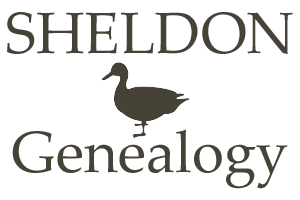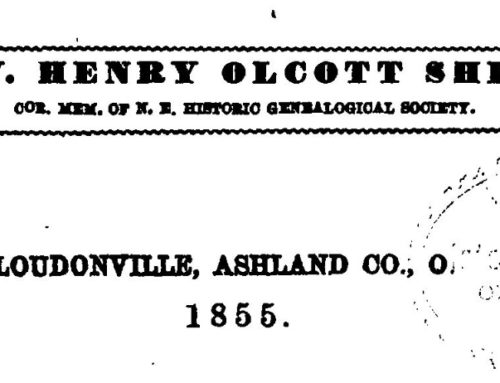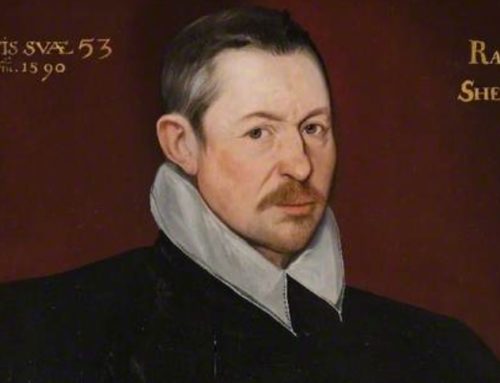For background information I suggest checking out our page on Ancient Origins of Group B SHELDONs here. This blog post is a slight update on that page. I am using a screenshot from Alex Williamson’s YDNA Haplotree to illustrate GROUP B SHELDONs Most recent ancestor SNPS (mutations). In this screenshot you can see we share the SNP BY17999 & FGC62072 with a number of other surnames. These were the focus of some inquiry a few years back. We were hoping that geographic origins of related surnames might bring us closer to ours—but that goal remains elusive.
PHYLOGENETIC PATH
Our condensed Phylogenetic path looks something like this. This is a series of Y-SNPS each getting closer in time to the present.
HISTORICAL BACKGROUND
Quoting and paraphrasing Dr. Ian McDonald with his permission :
“Tracing down from R-U106 to R-DF96, we can be pretty sure that our ancestry was from the Corded Ware culture, then passed into the Unetice culture. The part up to R-Z304 is attested by ancient DNA, and the distribution of R-DF96 around central Europe is very similar to that of R-Z304. That takes us to about 1700 BC, when the Unetice culture dissolved. After this, the ancestral path becomes much less certain, and we’re essentially reduced to guess-work. Most of the distribution of today’s R-DF96 population can be explained by a spread from the southern end of the Unetice culture into the part of the Tumulus culture that occupied the Danube valley around Vienna. In the absence of other evidence, this is probably the suggested route for R-S11515 (the a major part of R-DF96) in the first few centuries following 1700 BC.”
R-S15663 is much younger, probably around the time of the Roman Empire. We’ve got 72 members in the U106 project at this level, which is just about enough to make some guesses. The countries of origin include Germany, Norway, and a small group in Finland, plus the ubiquitous population from the British Isles. The German families may be mostly in the west of Germany, but there aren’t enough of them to adequately sample the German population. The Finnish group is essentially one small family that probably arrived there in historical times. There’s not enough information to assign this clearly to a Germanic or Celtic population: the cultural pathway from the Tumulus culture is more typically Celtic, the Norwegian component suggests Germanic. At the time, the frontier between the two cultures was sweeping across modern Germany and its surrounds.
Below R-S15663, we don’t have accurate ages estimated, but we can guess on the basis that one SNP in BigY-700 typically occurs about once per 80-90 years on average (since SNPs occur randomly, there’s a big variation in any one line). On this basis, R-FGC62079 might (!) be considered early medieval. We have one German and one Norwegian in this group out of a total of 14 people, which is fairly typical of a haplogroup equally spread throughout north-western and north-central Europe.”
So we can expect that since we share FGC62072 with many surnames that this SNP happened before surname adoption in the 13th and 14th centuries. And likely the SHELDON GROUP B SNP also around this time. So we may find ancient matches spread across Europe. We do have an upstream match with the alleged gladiator known as 3-Drif6 in York, England (during Roman occupation about 100-300 of present age) and a more distant match in the sample I11149 U106>Z381>Z156>Z307 Teversham, England, which is about 3 miles east of Cambridge. This skeleton is dated about 2400 years before present or about 200 BC. It is not possible without more ancient samples to determine when our SHELDON ancestor migrated to Britain and how far his descendants spread. It is likely that their waves of his descendants arriving at different times and settling in different areas. The hunt continues.








Leave A Comment
You must be logged in to post a comment.